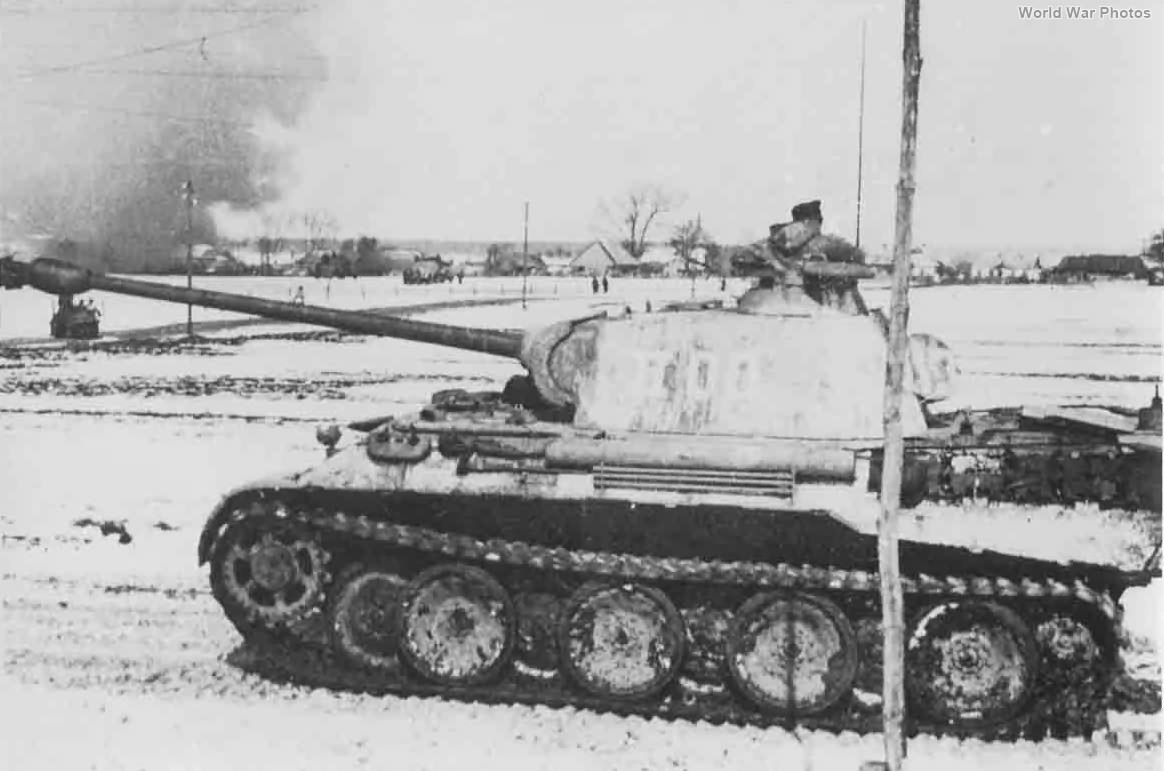The 23rd Panzer Division was formed in October 1940 in France and underwent a gradual build-up before becoming fully operational in October 1941. It was heavily involved on the Eastern Front during some of the most pivotal campaigns of World War II, including the battles around Kharkov, the attempts to relieve Stalingrad, and the final battles in Hungary and Poland during the collapse of Nazi Germany.
Formation and Structure
The division initially comprised:
- Panzer Regiment 23 (two battalions),
- Rifle Brigade 23 (later renamed Panzergrenadier Brigade),
- Rifle Regiment 126 (two battalions),
- Rifle Regiment 128 (two battalions),
- Motorcycle Battalion 23 (later renamed Panzer Aufklärungs Abteilung 23 for reconnaissance),
- Aufklärungs Abteilung 128 (Reconnaissance),
- Artillerie Regiment 128 (three battalions),
- Other divisional units numbered 128, including divisional signals, engineers, and support troops.
Eastern Front Service (1942-1945)
- March 1942: The division was transferred to Russia, where it took part in stopping the Soviet offensive at Kharkov in May 1942.
- December 1942: It participated in the Fourth Panzer Army’s failed attempt to break through to the 6th Army trapped in Stalingrad during Operation Winter Storm.
- 1943: Following the defeat at Stalingrad, the division was involved in heavy fighting during the withdrawal from the Dnepr bend. The division suffered severe losses during this period and required refitting.
Refitting and Continued Fighting (1944-1945)
After suffering losses during the withdrawal from the Dnepr, the 23rd Panzer Division was moved to Poland for refitting. In September 1944, the division was committed to battle in Poland and later transferred to Hungary, where it fought in the Battle of Debrecen.
- October 1944: The division fought at Debrecen in Hungary, as part of the German-Hungarian counteroffensive against Soviet forces.
- January 1945: It moved to the Baranow bridgehead in Poland, where it was positioned when the Soviet Vistula-Oder Offensive began.
- The division was eventually overrun by Soviet forces in the final months of the war.
Final Establishment (1945)
By the end of the war, the 23rd Panzer Division’s structure had evolved as follows:
- Panzer Aufklärungs Abteilung 23 (Reconnaissance),
- Panzer Regiment 23 (two battalions),
- Panzergrenadier Regiment 126 (two battalions),
- Panzergrenadier Regiment 128 (two battalions),
- Panzer Artillerie Regiment 128 (three battalions),
- Heeres Flak Abteilung 278 (Anti-Aircraft),
- Panzerjäger Abteilung 128 (Anti-Tank),
- Nachrichten Abteilung 128 (Signals),
- Panzer Pioniere Bataillon 128 (Engineers).
Key Changes in Composition:
- The Motorcycle Battalion 23 was later renamed Panzer Aufklärungs Abteilung 23 in 1943.
- Panzer Regiment 201 (initially part of the division) was renamed Panzer Regiment 23 in August 1943.
- In 1944, the Panzergrenadier Regiment 128 was dissolved and merged with Panzergrenadier Regiment 126.
- The division was rebuilt with new units, such as Grenadier Regiment (mot.) 1031, as the war progressed.
The 23rd Panzer Division was a crucial component of the German Army’s armored forces on the Eastern Front, particularly noted for its involvement in the Kharkov battles, its failed relief effort at Stalingrad, and its later actions in Poland and Hungary during the final months of the war. By the time of Germany’s surrender in May 1945, the division had been overrun and largely destroyed by the advancing Soviet forces.
